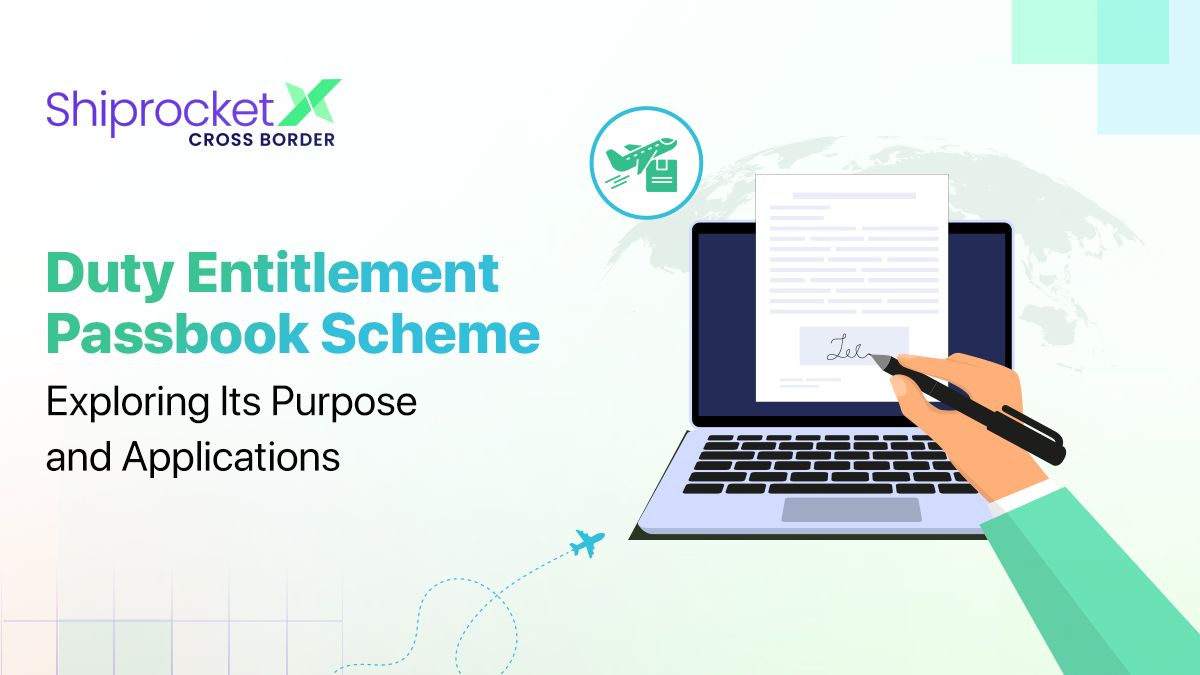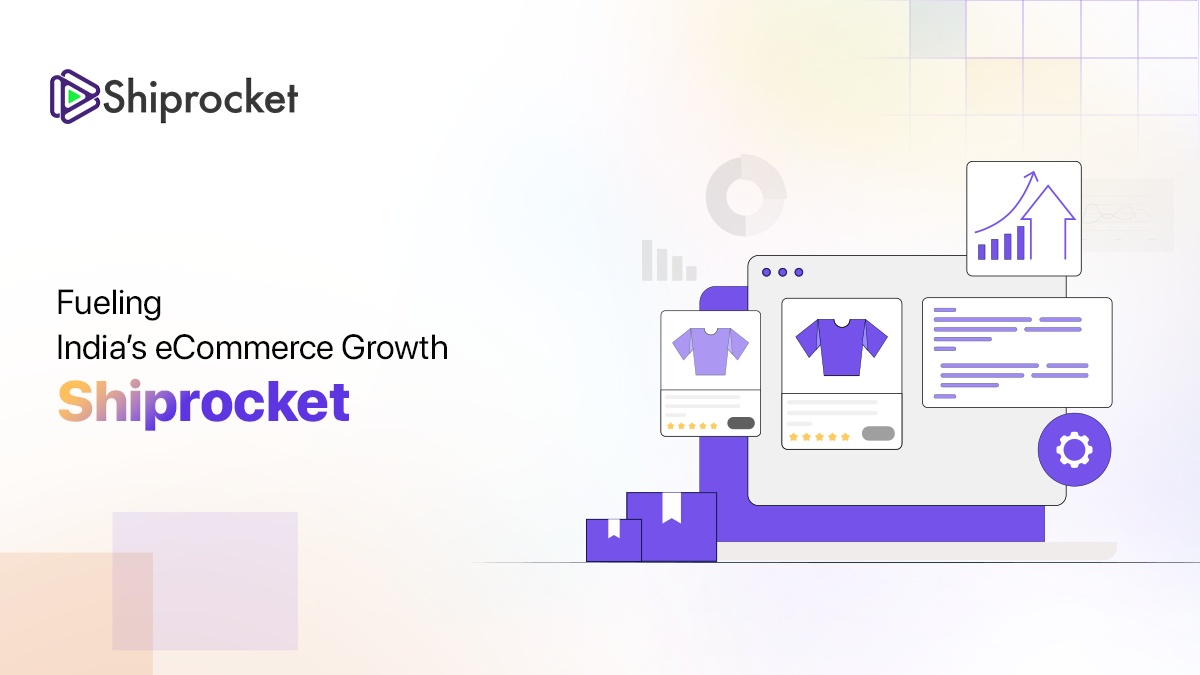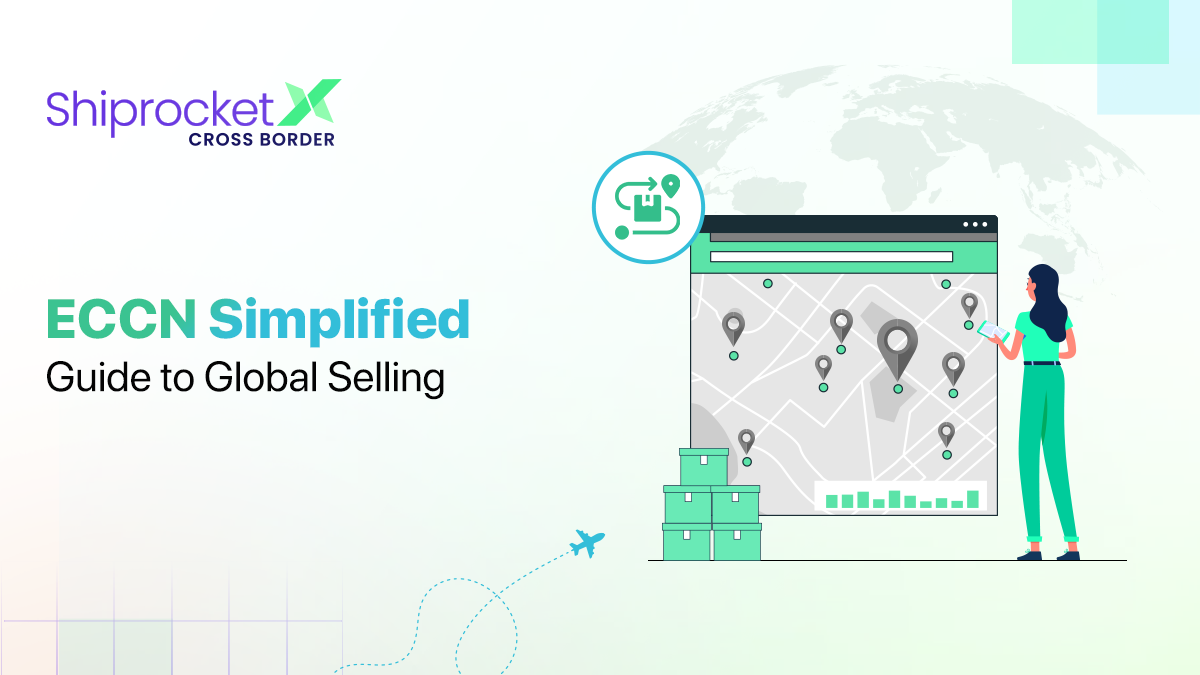Food Delivery Trends in 2025 – The Rise of Hyperlocal Services
- Exploring the Role of Drones in Food Delivery
- The Future of Autonomous Delivery – What’s Next?
- Why Contactless Delivery is Here to Stay?
- Going Green: Sustainable Practices in Food Delivery
- The Power of Crowdsourcing in Modern Food Delivery
- What Are Cloud Kitchens and How Are They Impacting Delivery?
- Why Hyperlocal Delivery is the Future of Fast Food?
- Conclusion
Hyperlocal food delivery trends are evolving with the growing demand for quick and convenient meal options. The changing consumer behaviour and growing use of internet have led to this trend. Consumers prioritise speed and convenience amid their busy schedules offered by hyperlocal delivery services. Hyperlocal delivery app market is estimated to earn a revenue of approximately $US 13,353.50 million by 2034. Its major contributors are expected to be the groceries, food and beverage, home essentials, and pharmaceutical industries.
Exploring the Role of Drones in Food Delivery
Drones are anticipated to be the future of food delivery market. They are changing the food delivery trends by offering convenience to businesses and consumers alike. Drones are designed to move swiftly through the urban neighborhoods to deliver fresh and hot food. They do not get bothered by traffic and thus ensure high speed deliveries. New age navigation systems and advanced GPS technology help ensure smooth movement.
Still largely in its testing phase in India, drone food delivery is expected to bring about a major change in the industry. However, it may take a while for drone deliveries to gain prominence. Regulatory constraints, capacity limitations, and airspace management may be some of the challenges that businesses might have to initially face.
The Future of Autonomous Delivery – What’s Next?
Autonomous delivery vehicles come with self-driving feature. Embedded with advanced sensors, these vehicles are capable of driving without any human intervention. They leverage software algorithms and cutting edge driving technology to navigate their way through the traffic. These vehicles are here to revolutionise delivery operations.
The demand for autonomous delivery vehicles is increasing. The autonomous delivery vehicle market is projected to grow at a CAGR of 11% from 2019 to 2029. Research shows that it will reach USD 200 billion by 2029. With the use of autonomous vehicles, businesses can ensure quick deliveries with a single command. They eliminate the need to hire and train drivers. No more keeping a track of the delivery agents, managing their roster and looking for substitutes if they take an uninformed leave.

Why Contactless Delivery is Here to Stay?
Contactless delivery is popular in eCommerce and food delivery industries. The trend picked up during the Covid-19 pandemic and is here to stay. Here is why businesses must adopt this delivery solution:
- Speed and Convenience
Contactless delivery speeds up the delivery process. The agent doesn’t have to wait for the customer to receive the parcel or make the payment in this case. He can move on to the next delivery after safely placing the goods at the consumer’s doorstep during the committed time frame.
Likewise, it offers convenience to the customers by preventing the need to sign or provide contact details to receive a package. Besides, as per a survey, 69% users consider contactless payments more convenient.
- Safety
Contactless delivery is considered to be safer and more hygienic. Many people prefer contactless delivery option to ensure a safer transaction and avoid direct contact with the delivery agents.
Going Green: Sustainable Practices in Food Delivery
Here are some sustainable practices that businesses in the food delivery industry must follow:
- Electric Vehicles
The use of electric scooters and cars can help reduce carbon footprint. Businesses must optimise the delivery routes considering the traffic, order priority, and other factors. It is suggested to assign multiple orders on the same route to a single driver to decrease carbon emission.
- Energy-Efficient Appliances
It is a good idea to invest in energy-efficient appliances as they consume less power. This may add to your expense initially. However, their use will lower your electricity bill; thereby, proving to be cost-effective in the long run.
- Sustainable Packaging Material
It is advised to use biodegradable, reusable, and recyclable packaging material to avoid landfills. Some sustainable packaging materials include those made of plants and plant waste, glass, wood, and recycled plastic.
- Recycle
Food delivery businesses must learn to recycle used items such as wooden containers, cardboard boxes, and glass bottles.
- Composting
A compost pit can be made where restaurants can dump their food waste. By adopting this sustainable waste management practice, they can decompose the waste food and turn it into nutrients for soil.
The Power of Crowdsourcing in Modern Food Delivery
Crowdsourced delivery leverages a network of people who take up the task to deliver packages on their way. This helps them juggle some money as they travel on their route to reach their destination. The delivery model is also beneficial for businesses as they do not have to undergo the hassle of hiring delivery agents. This delivery model is known for its flexibility and scalability. It reduces the overhead cost of businesses and is a sustainable option. This method decreases the number of vehicles on the road substantially, which leads to lower carbon emission.
This delivery model is expected to gain further traction as businesses move towards adopting sustainable practices.
What Are Cloud Kitchens and How Are They Impacting Delivery?
A cloud kitchen makes use of a commercial kitchen to prepare food for delivery. It can be used only for the purpose of preparing food to fulfiling online orders. The increasing number of online food orders has led to the growth of cloud kitchens.
It enables starting a food delivery business without the need to invest in a physical facility and the equipment used in the process. One can start food delivery business at a minimal cost by leveraging the concept of cloud kitchen. These kitchens have impacted the food delivery industry significantly. Businesses use advanced technology to manage food preparation and delivery through cloud kitchen. This helps ensure efficiency leading to better returns. Statistics reveal that the global cloud kitchen industry stood at a value of USD 44.70 billion in the year 2023. It is likely to reach USD 95.82 billion by 2031.
Why Hyperlocal Delivery is the Future of Fast Food?
Online ordering trends reflect consumers’ preference for hyperlocal delivery. Modern day consumers want everything delivered quickly to their doorstep in just a few clicks. They prefer speed and convenience and do not mind paying some extra amount to ensure the same. Here is a closer look at why hyperlocal delivery is the future of fast food:
- It ensures extremely quick deliveries to meet instant needs of the customers.
- It decreases transportation cost for businesses because it operates within a small radius.
- It also reduces the carbon emissions as delivery agents have to cover shorter distance.
- It enables local food trucks and restaurants to expand their reach by listing on hyperlocal platforms.
- It creates a good experience for the customers, thereby encouraging repeat purchase.
Conclusion
Hyperlocal food delivery market has grown substantially in the past few years. As the online food ordering trends continue to evolve, many hyperlocal delivery apps are paving their way into the market. There seems to be enormous scope for those that offer high quality food, maintain hygiene, and deliver the orders at lightning fast speed. Statistics reveal that the hyperlocal delivery app market stands at USD 1,744.80 million. And one of its key revenue generators is the food and beverage industry. The market is expected to grow at a CAGR of 22.60% by 2034 with the food industry as a major contributor. It is thus an excellent time to invest in this business. However, the key is to select a reliable delivery partner to ensure quick and efficient food delivery.






